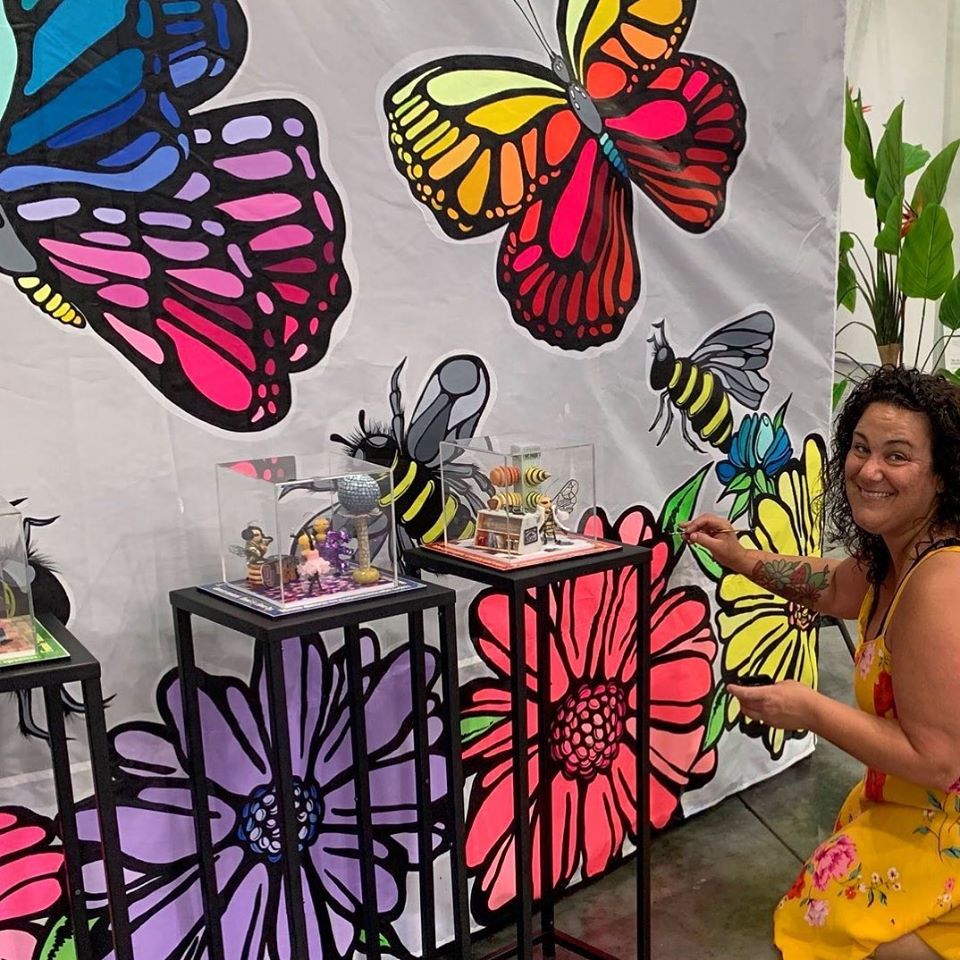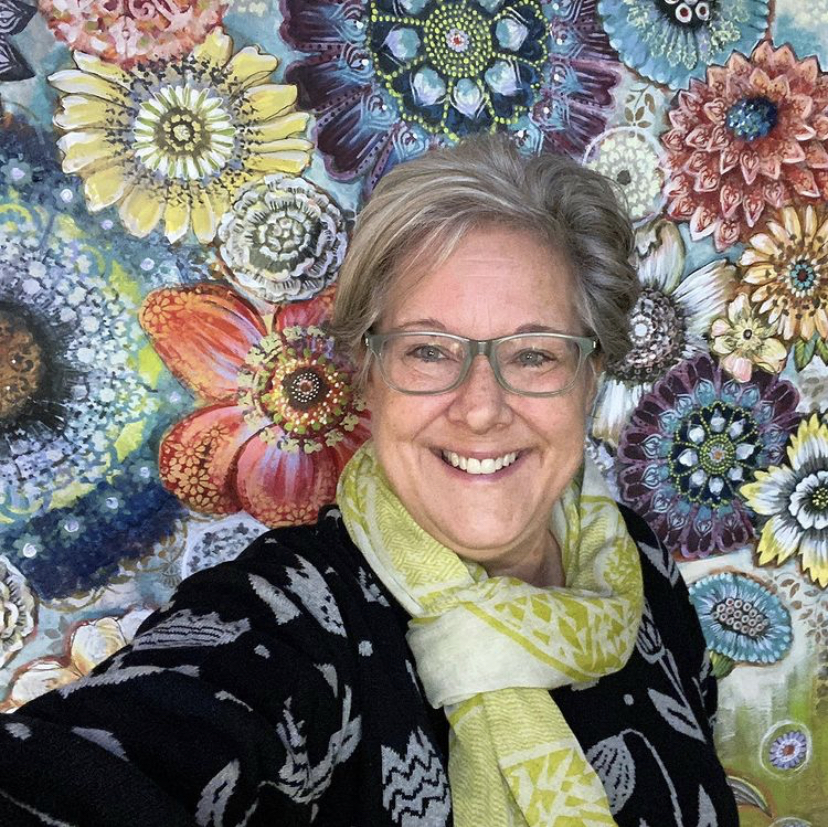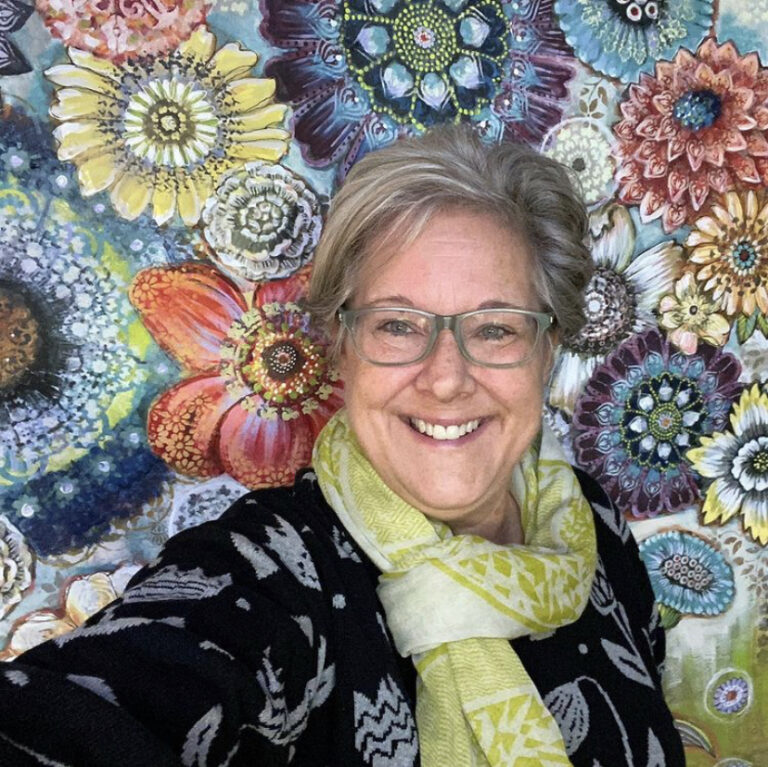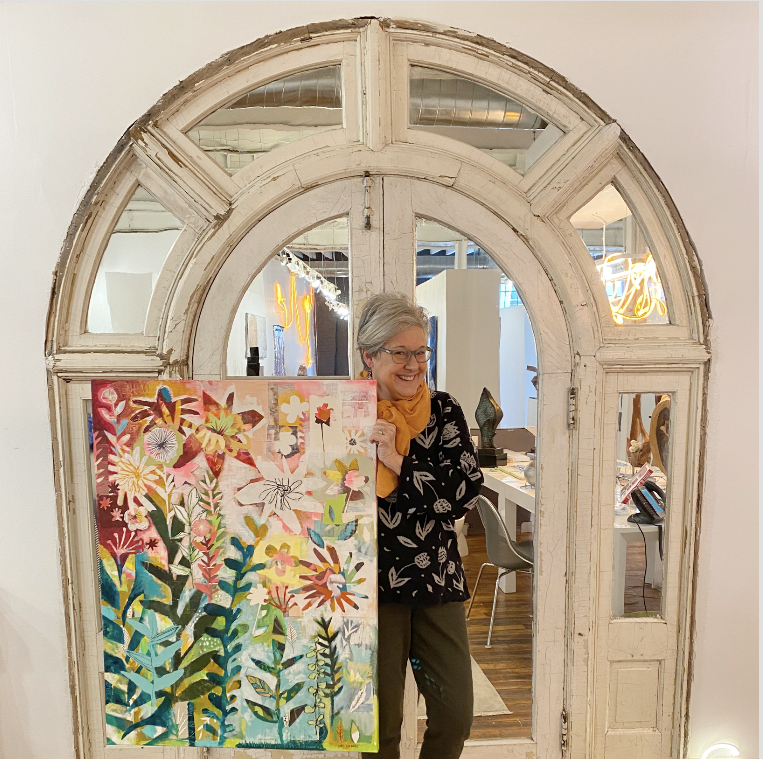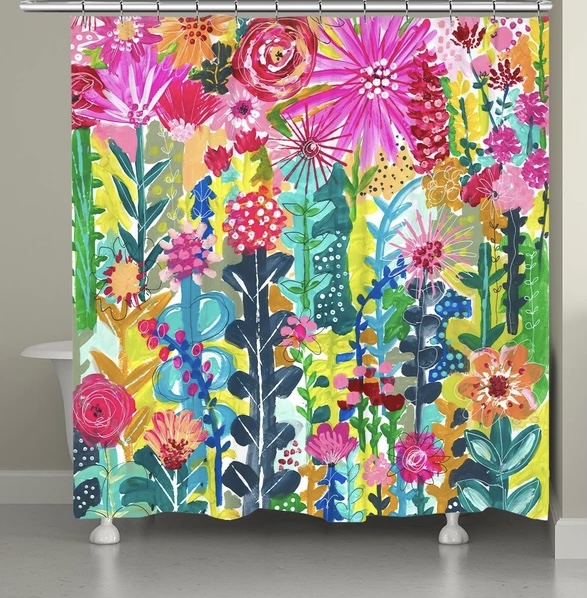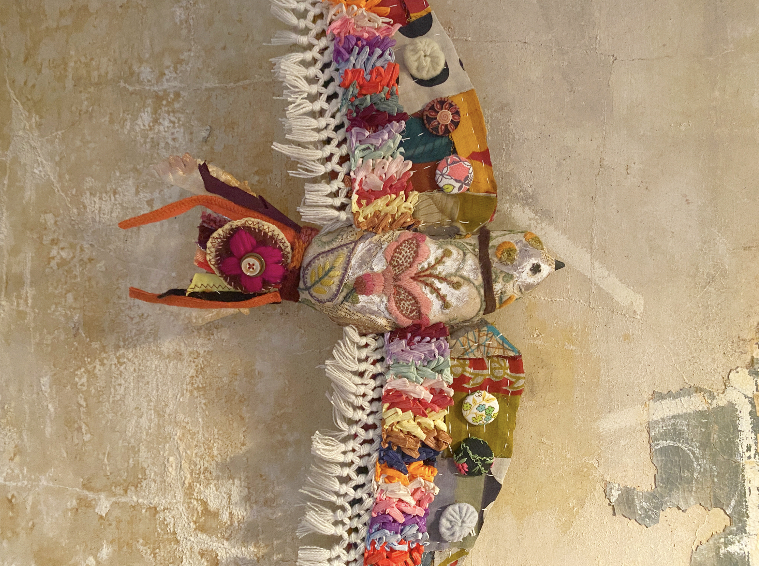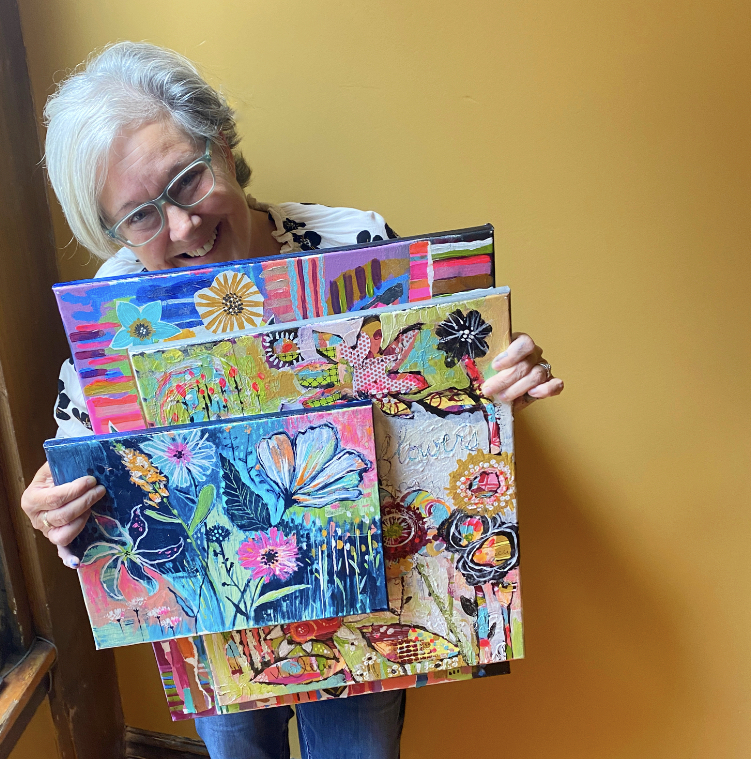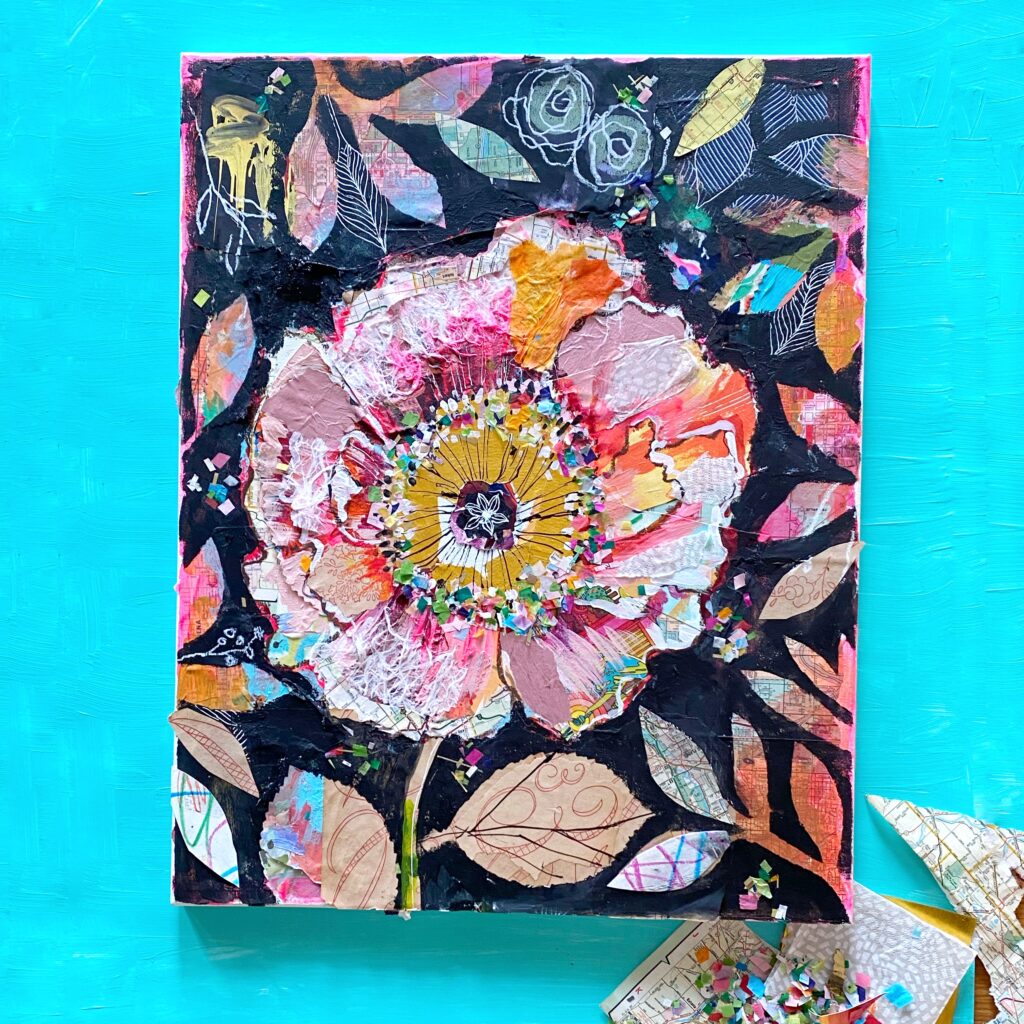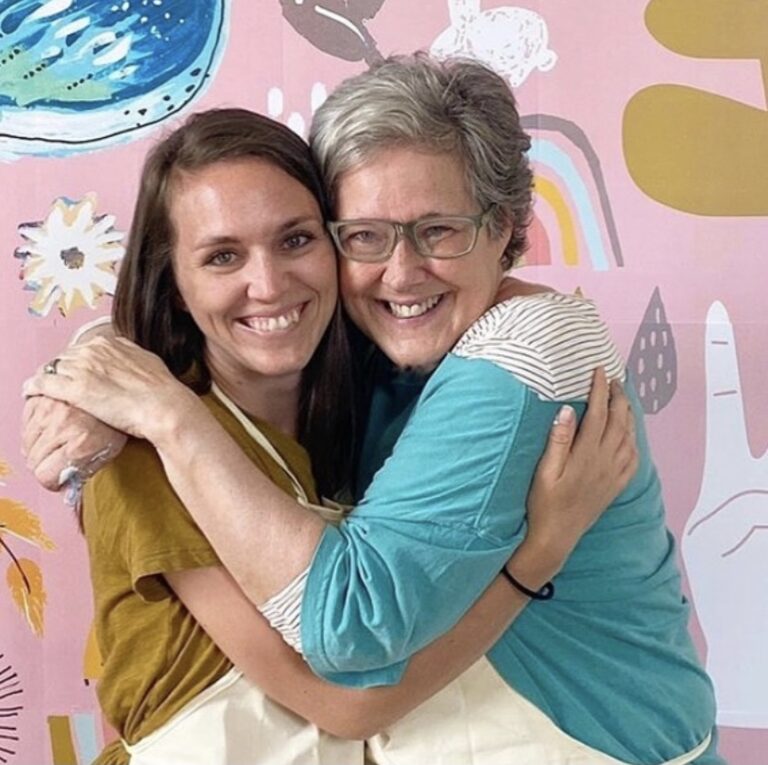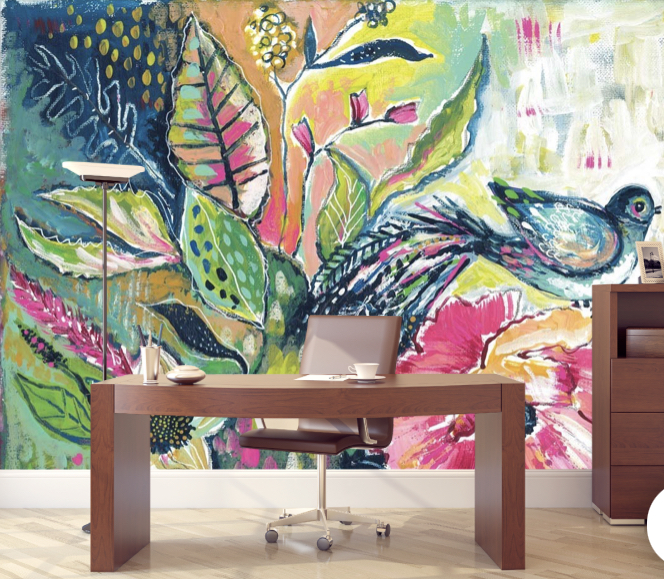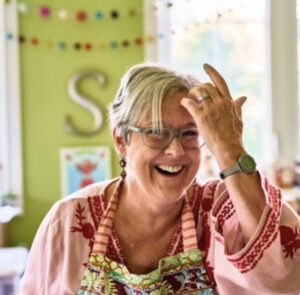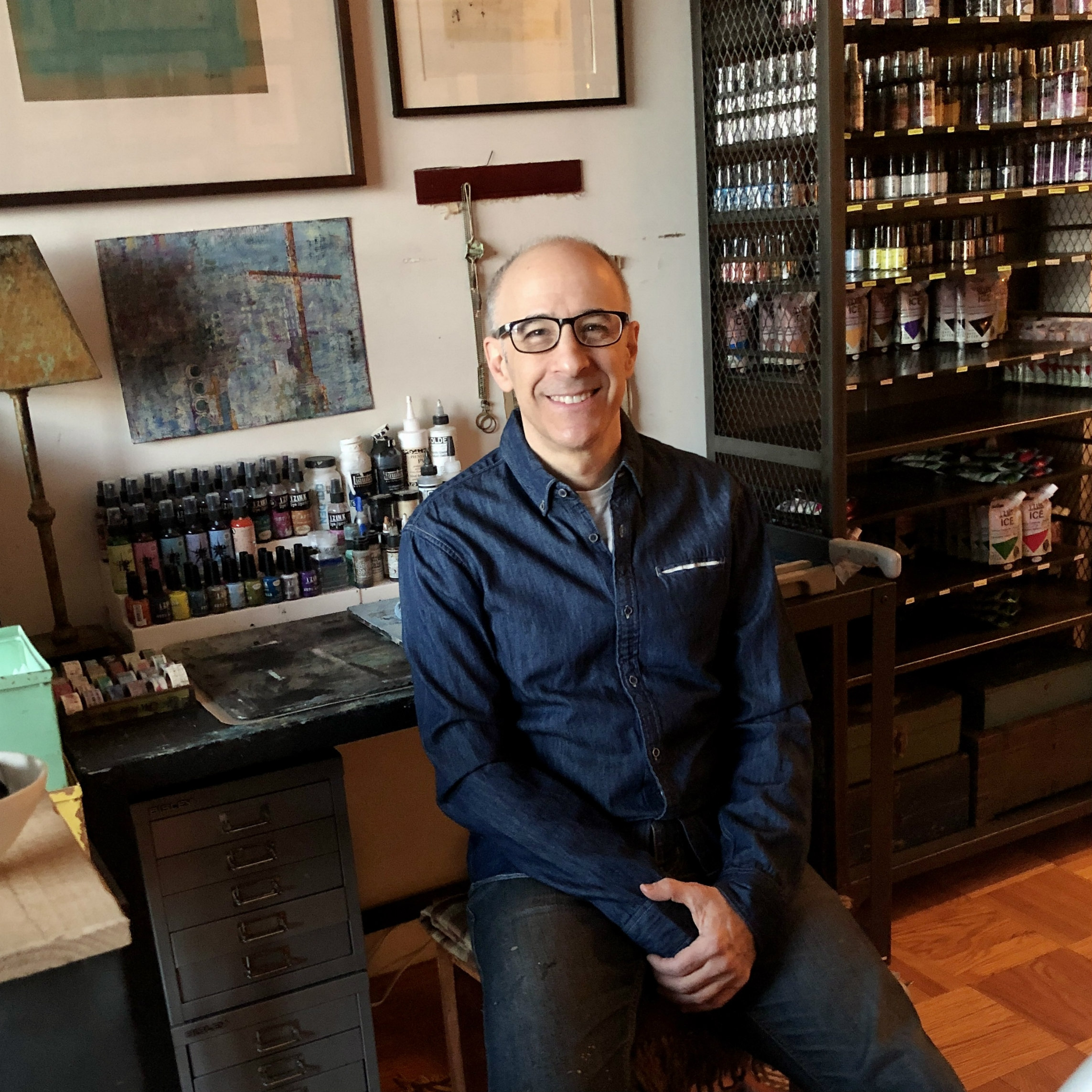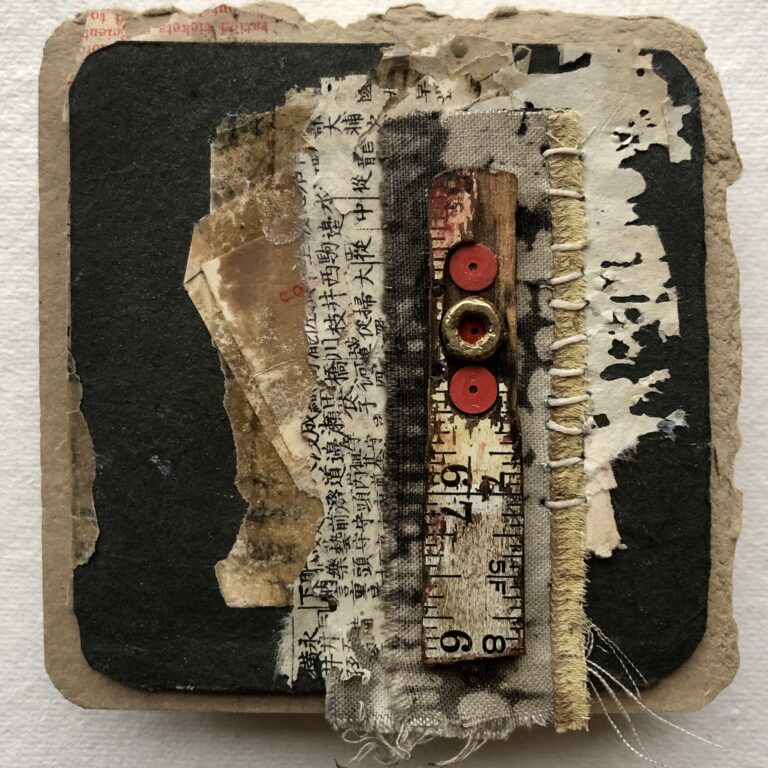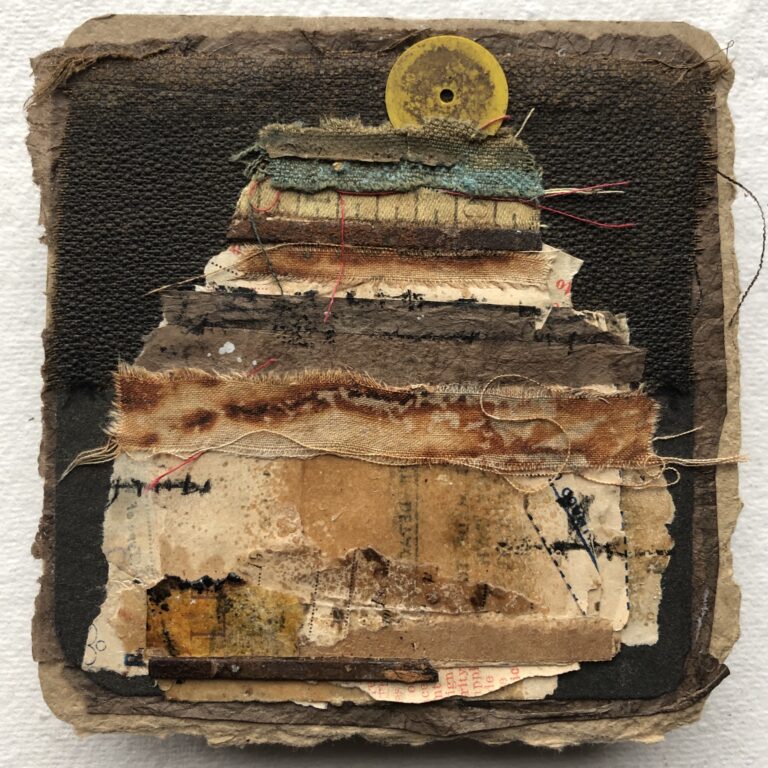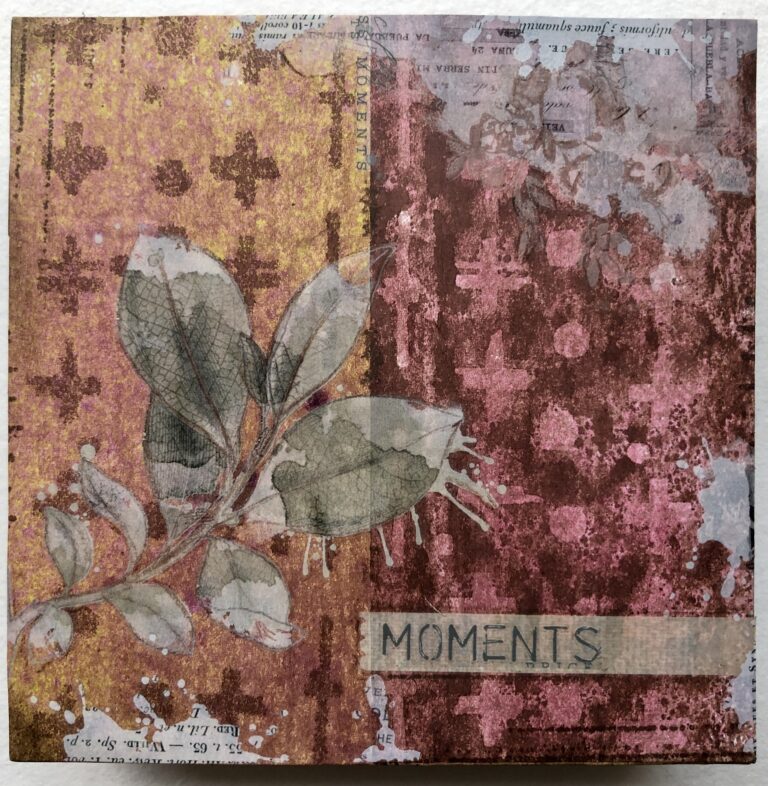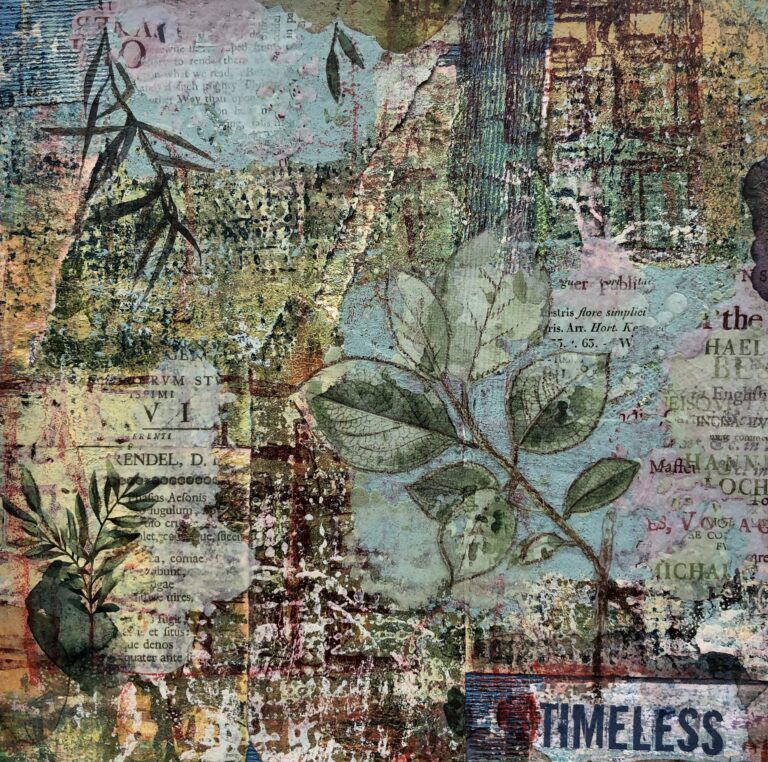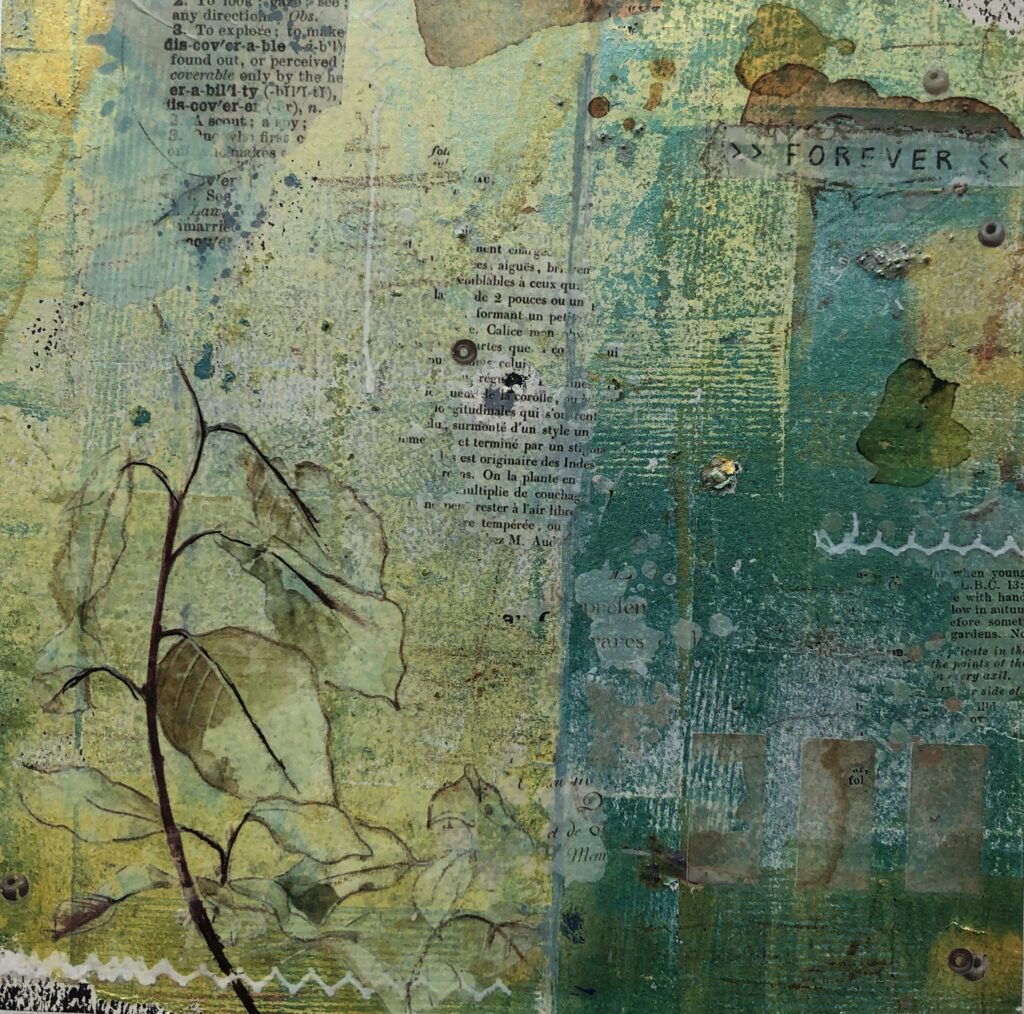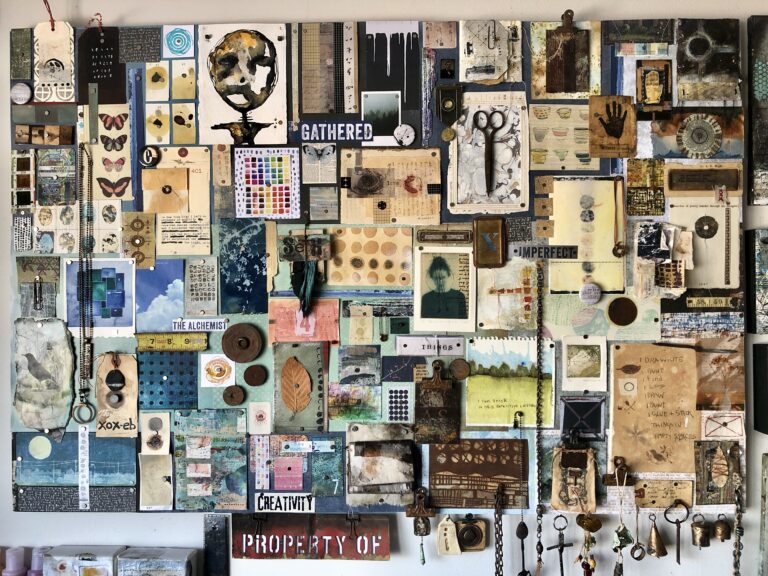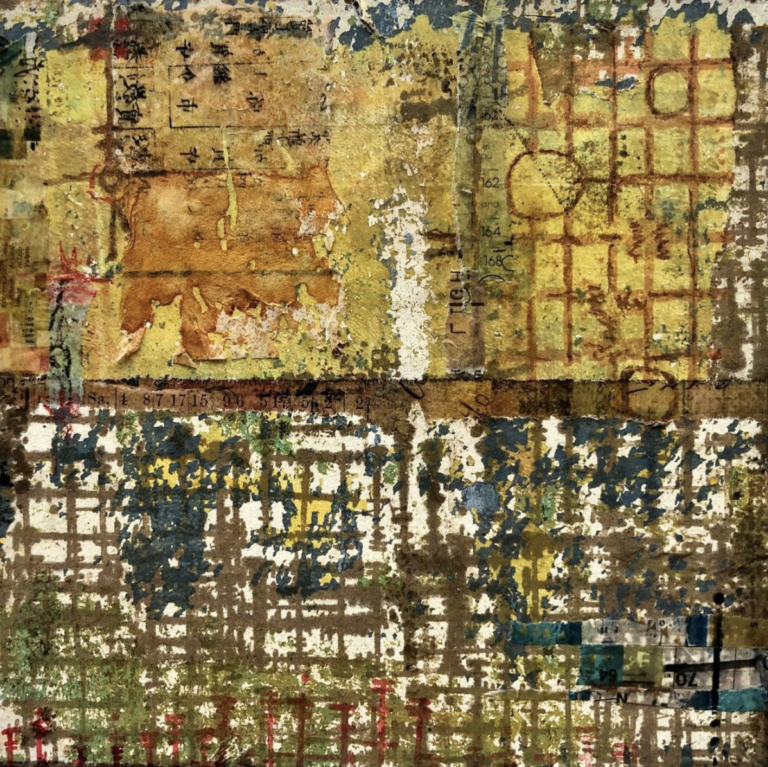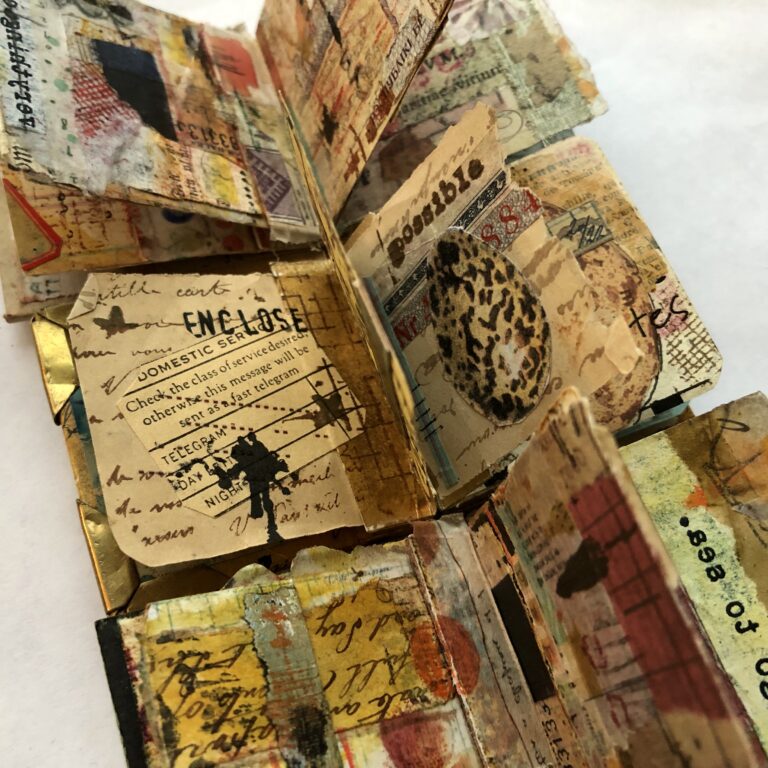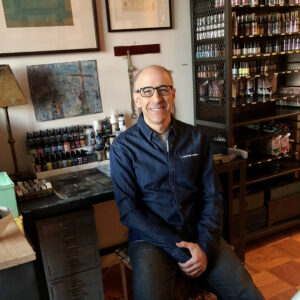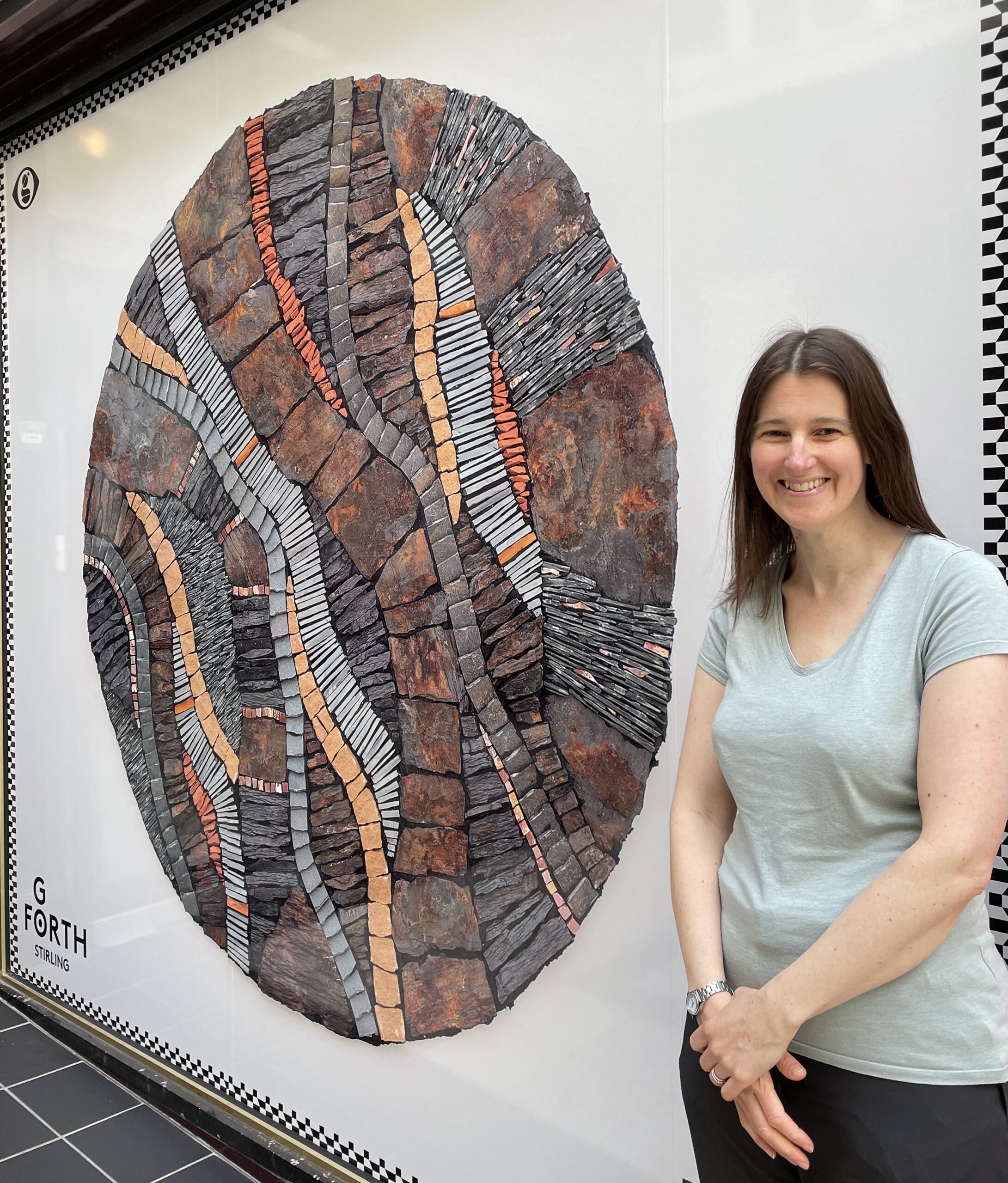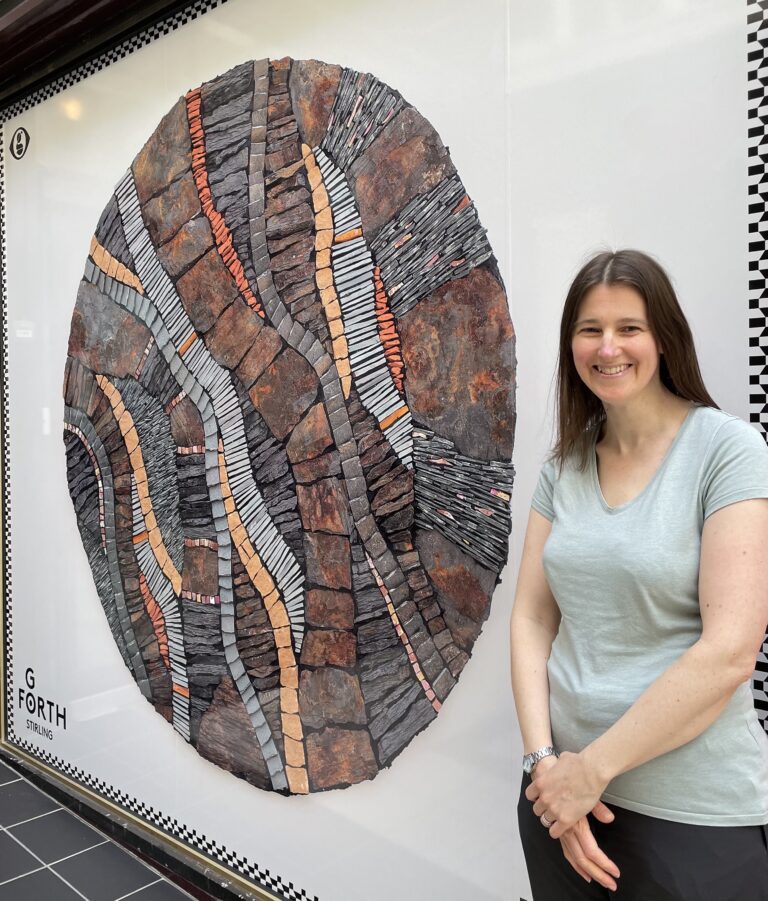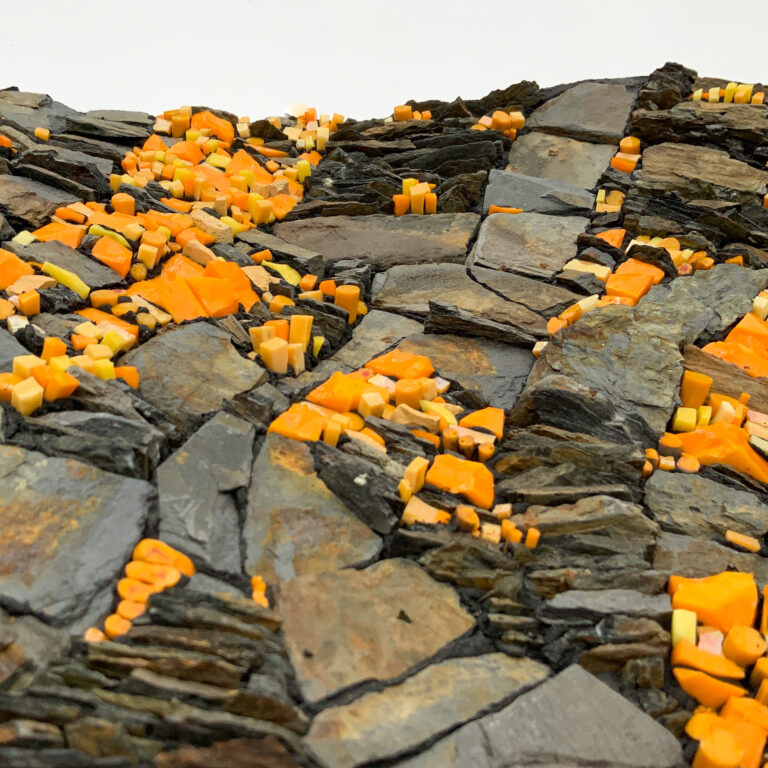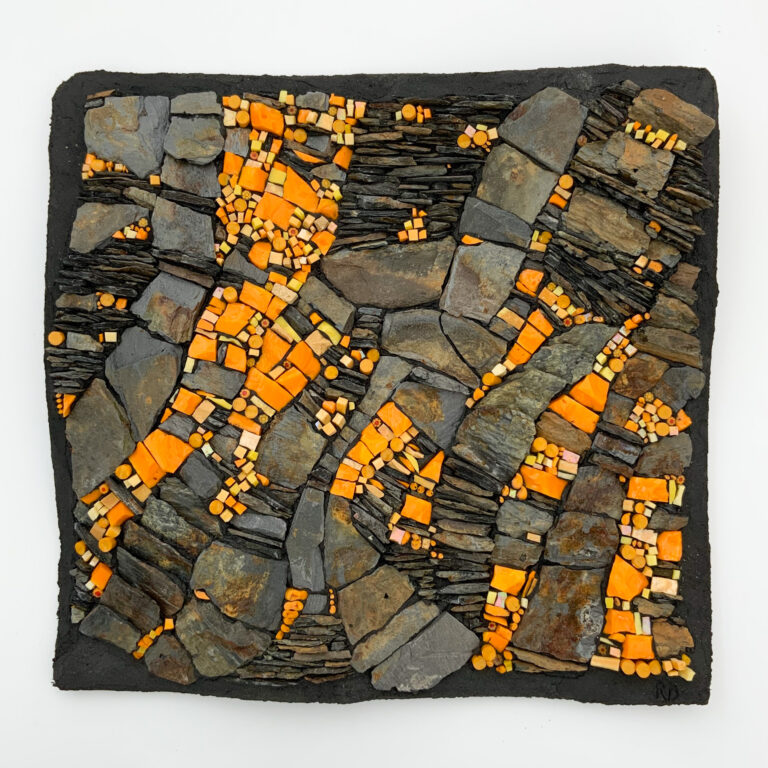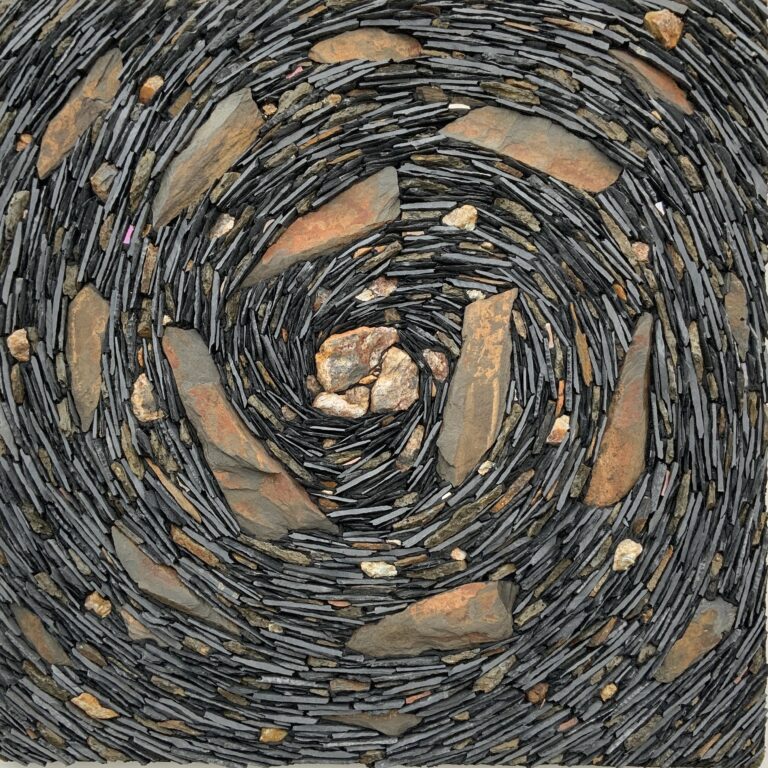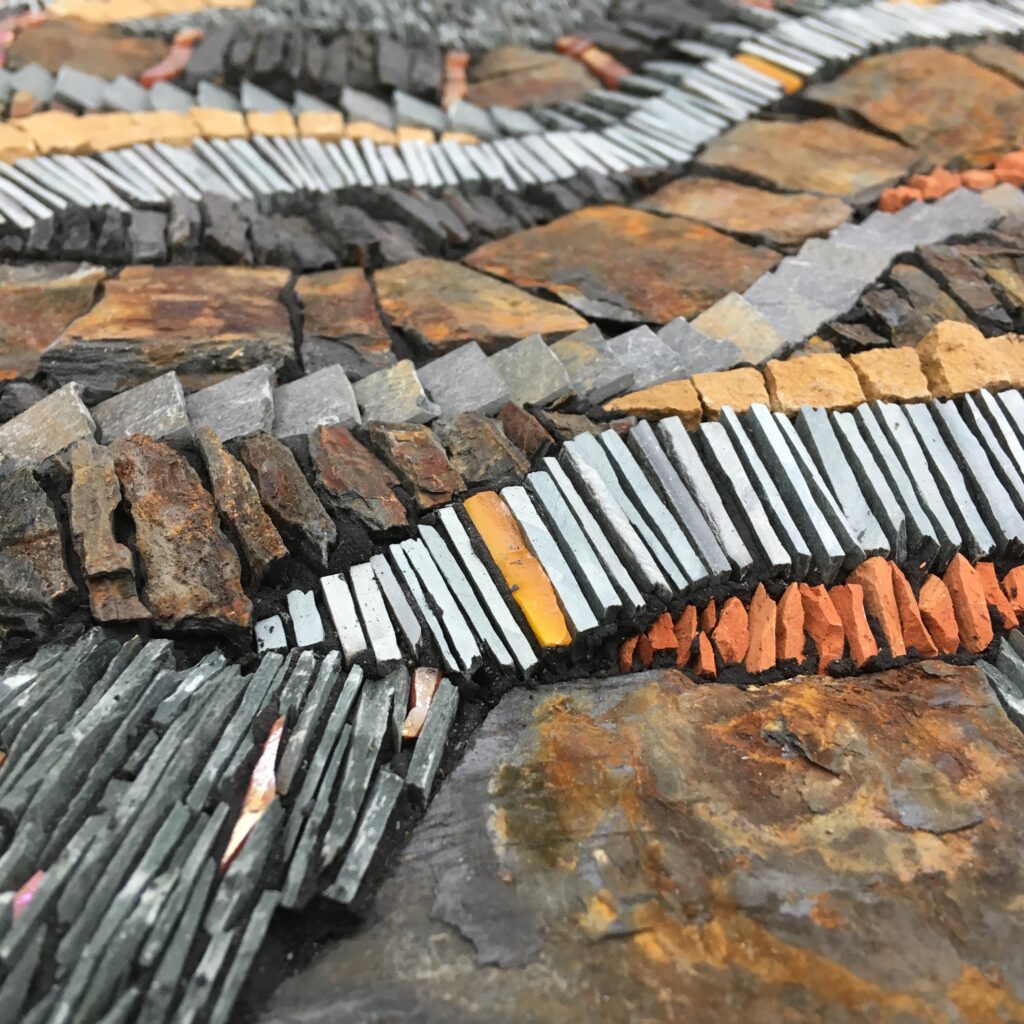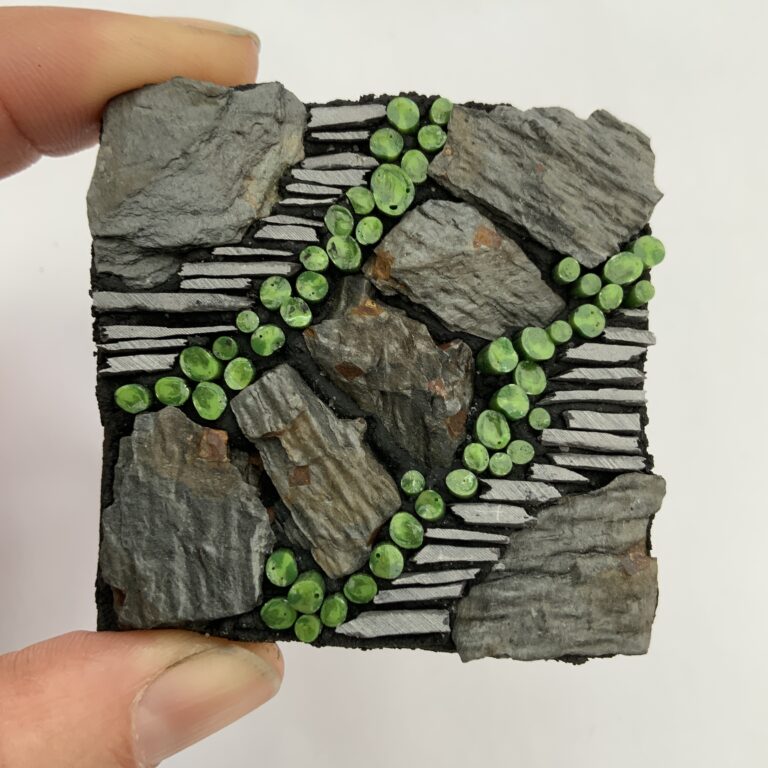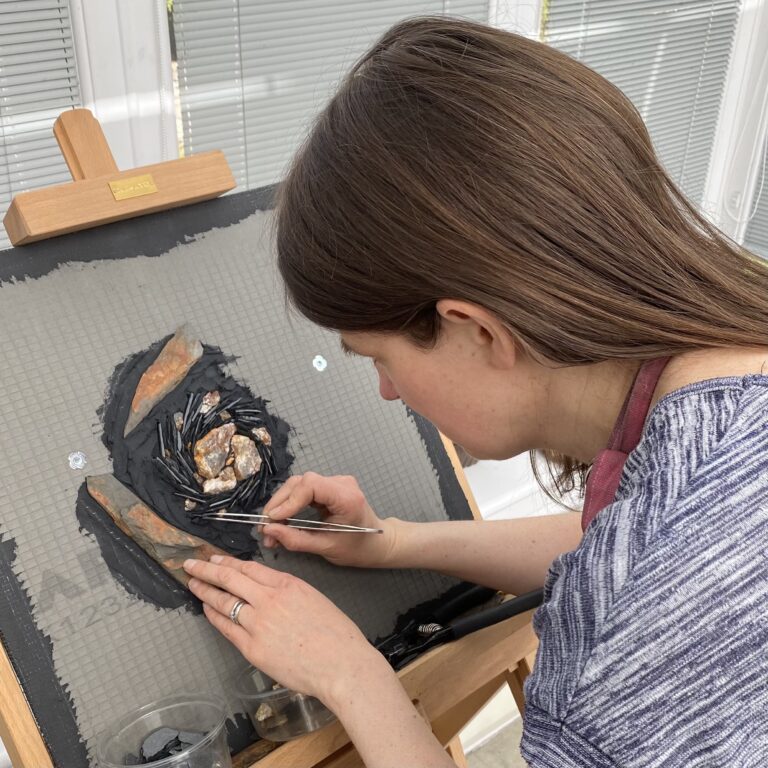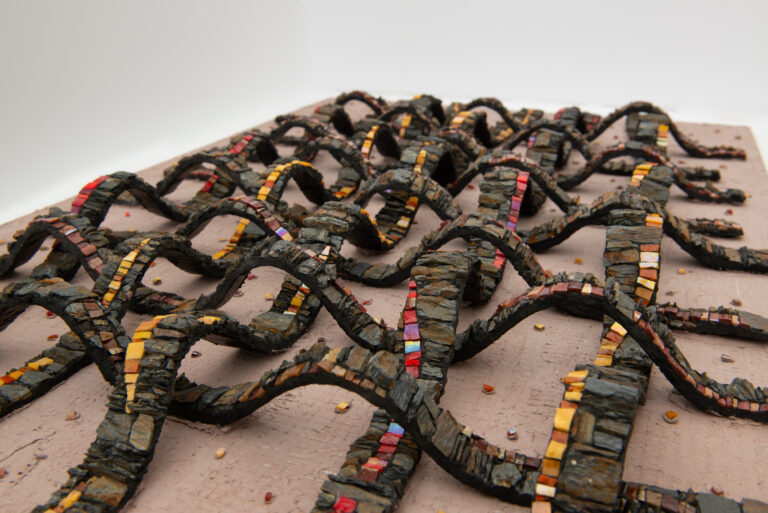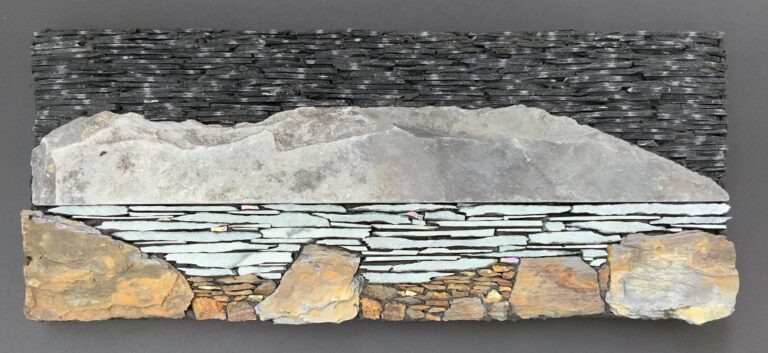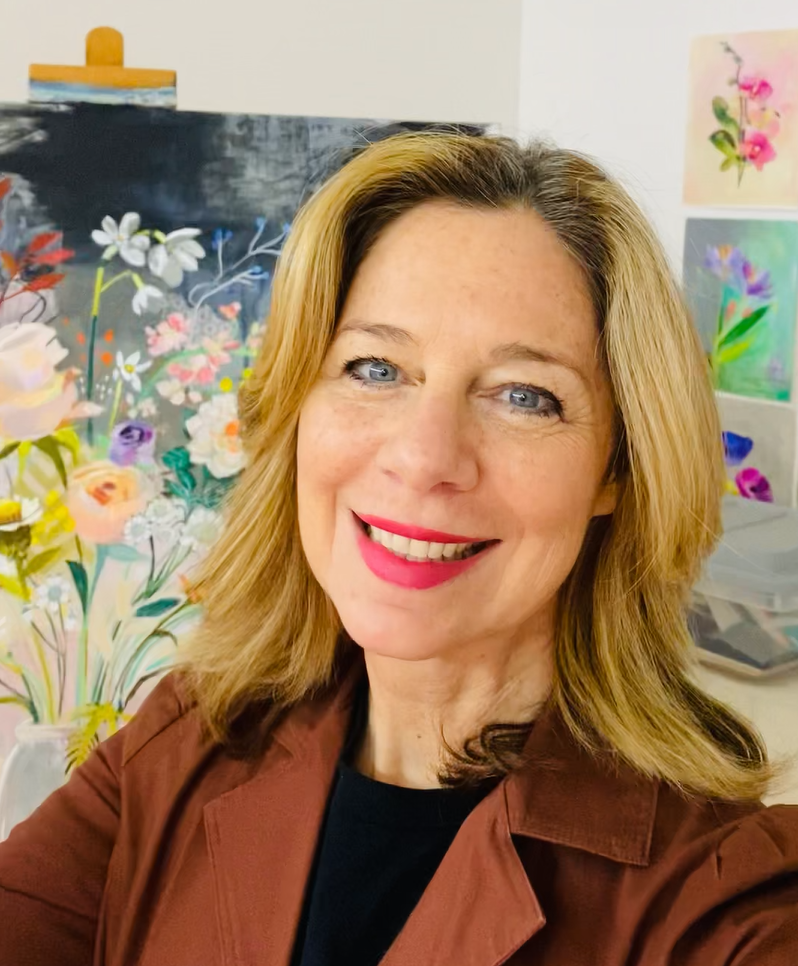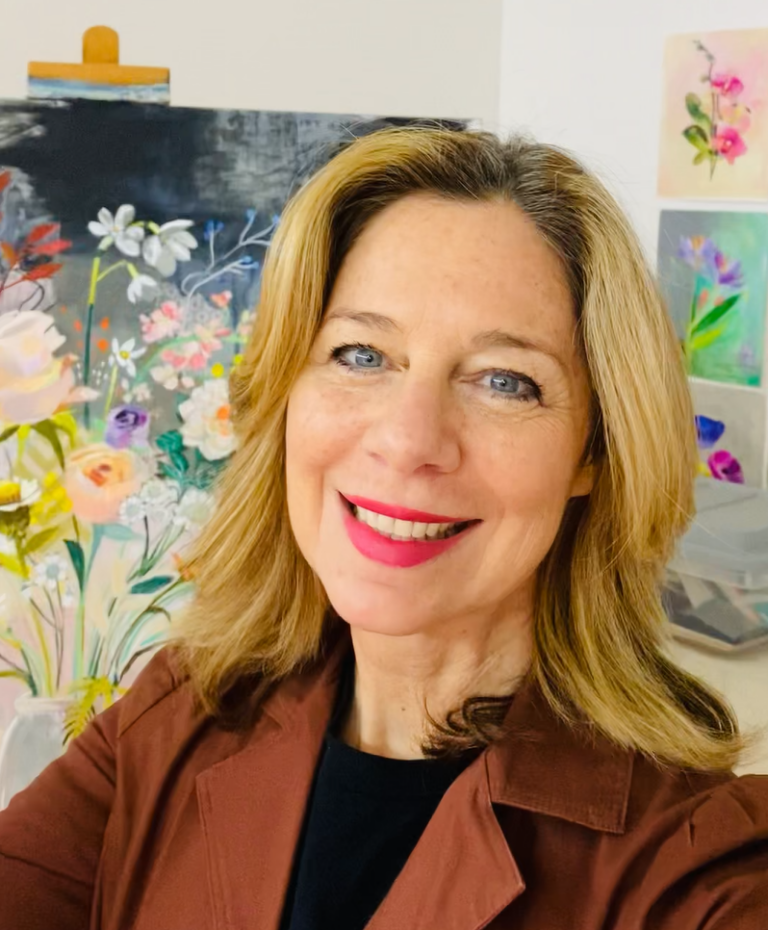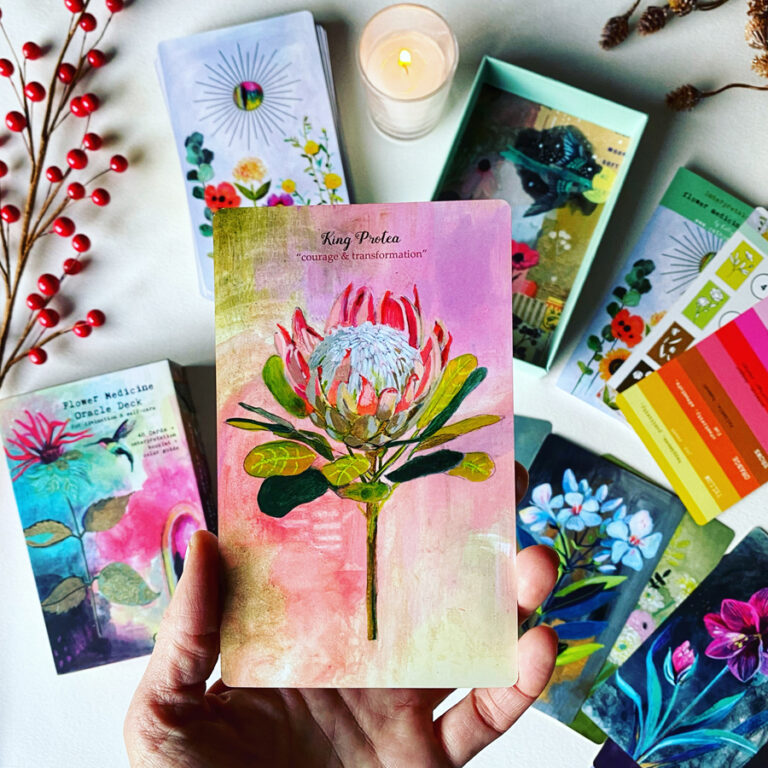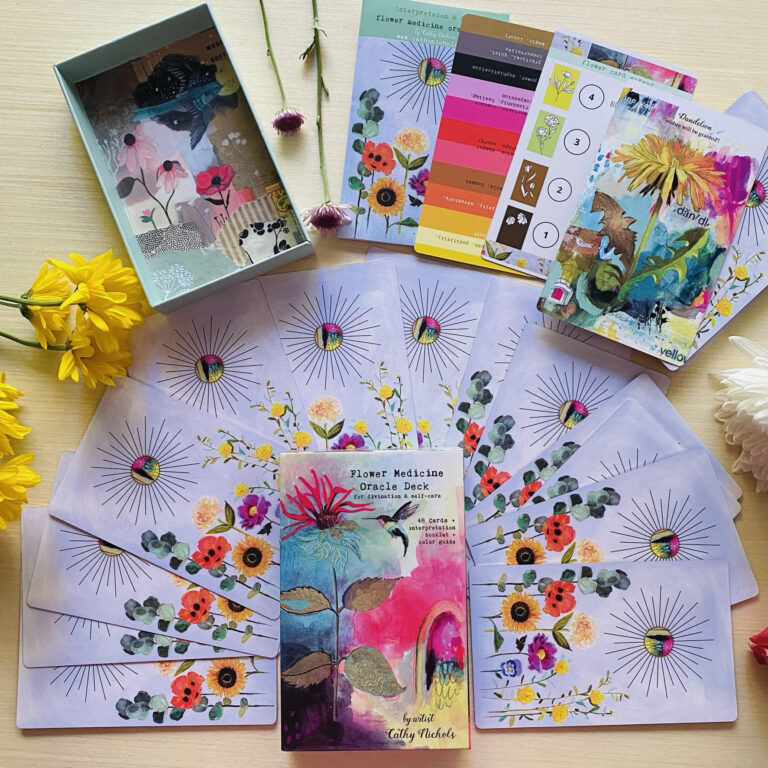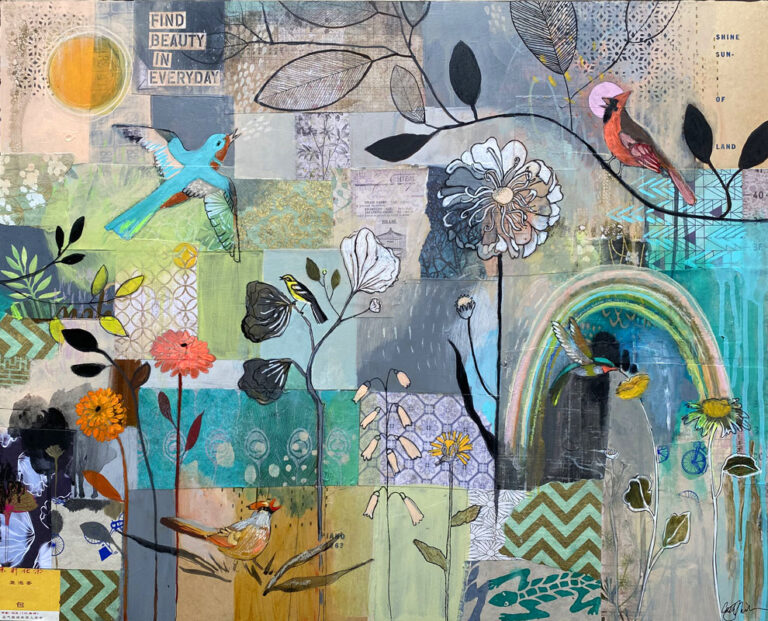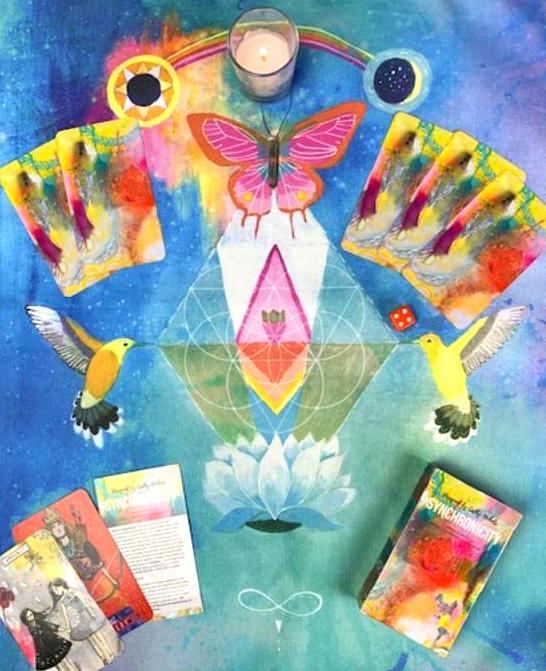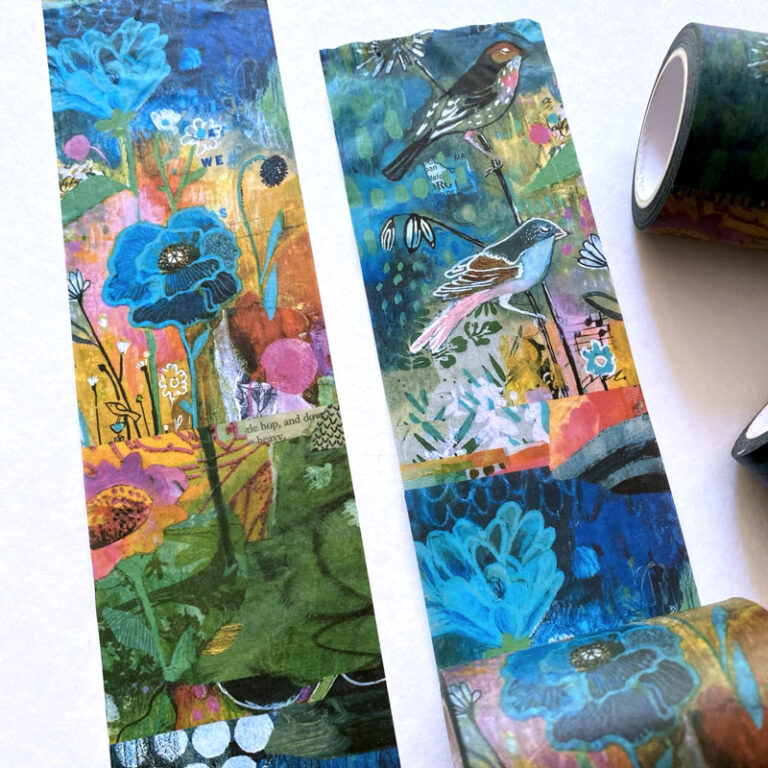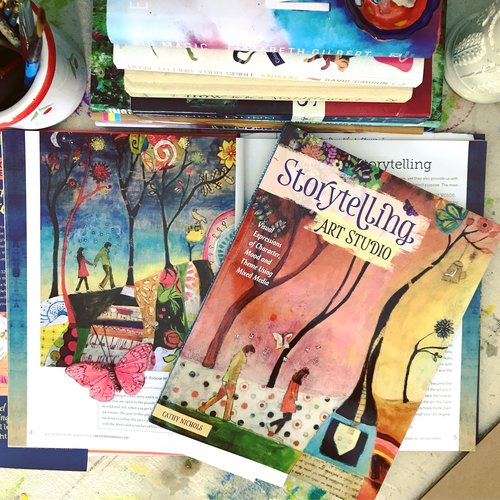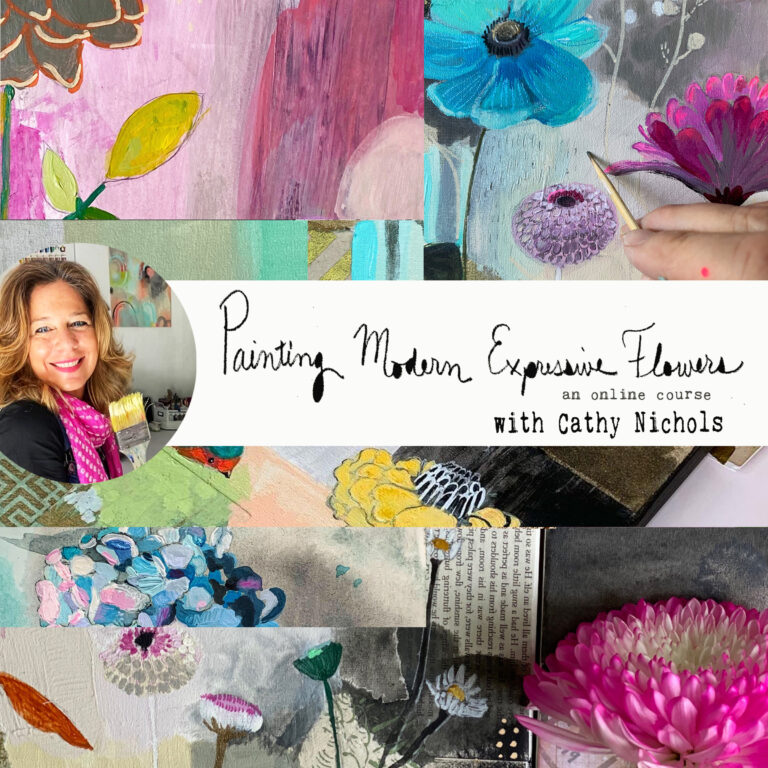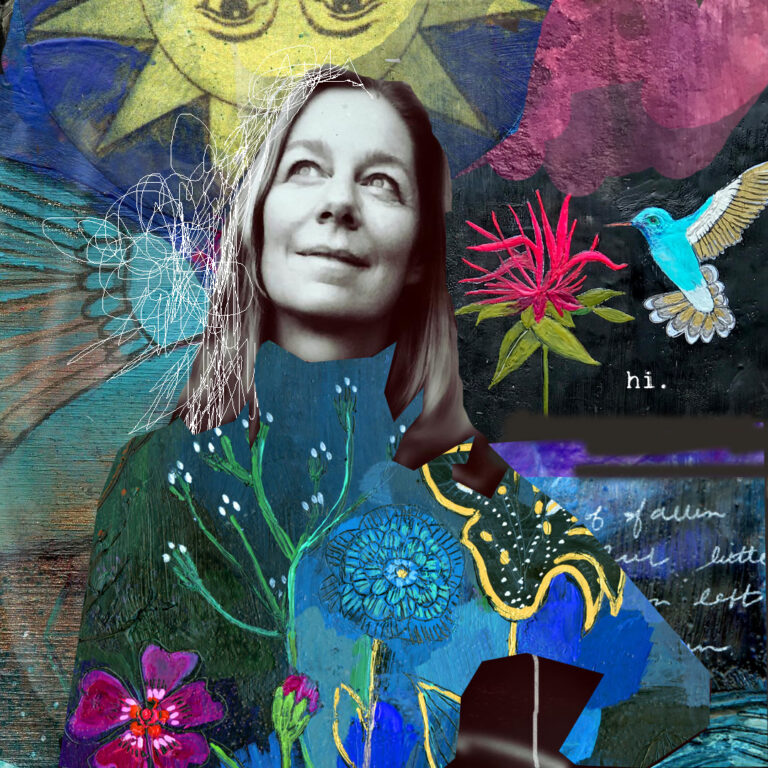#223 Nicole Galluccio: Illustrator and Color Enthusiast
Nicole Galluccio is a painter and illustrator in South Florida. In her paintings, she illustrates flowers, fruits, and pollinators, using bright, bold colors. Nicole is a master at color theory, and uses many shades of each color that she’s mixed herself. In this past year, she’s added teaching to her business as she entered the world of Zoom classes. We also talk about her new studio space and how she benefits from being in a shared space with other artists. You can listen to my previous interview with Nicole in Episode 7 of the podcast.
Listen here or download from iTunes, Spotify, Google Play, CastBox, or Stitcher.
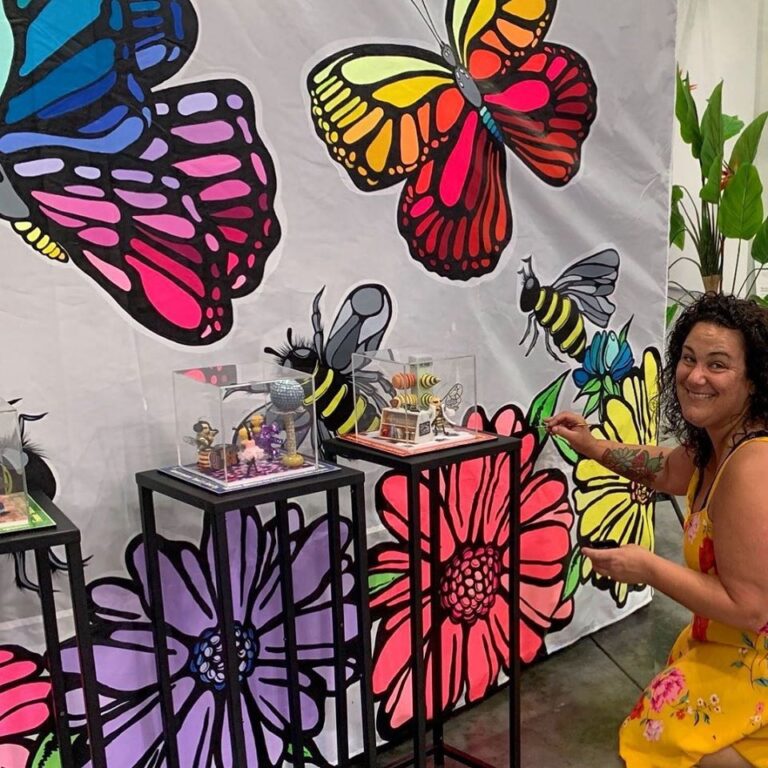
Nicole Galluccio
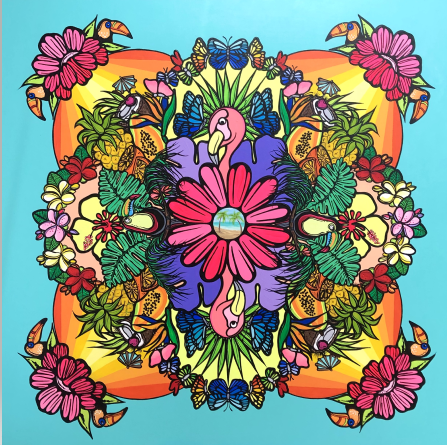
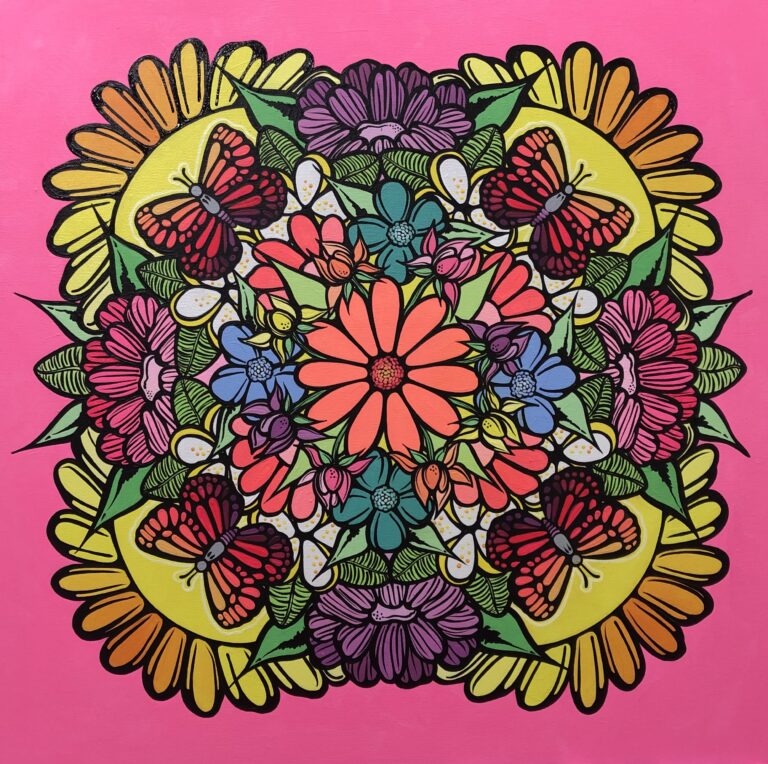
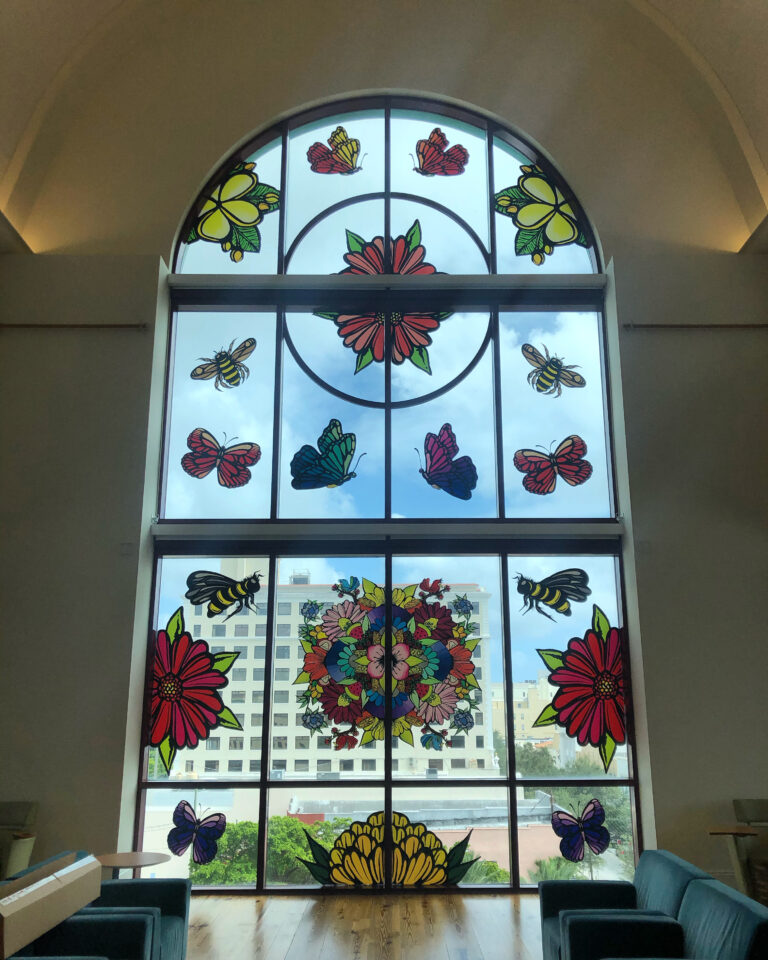
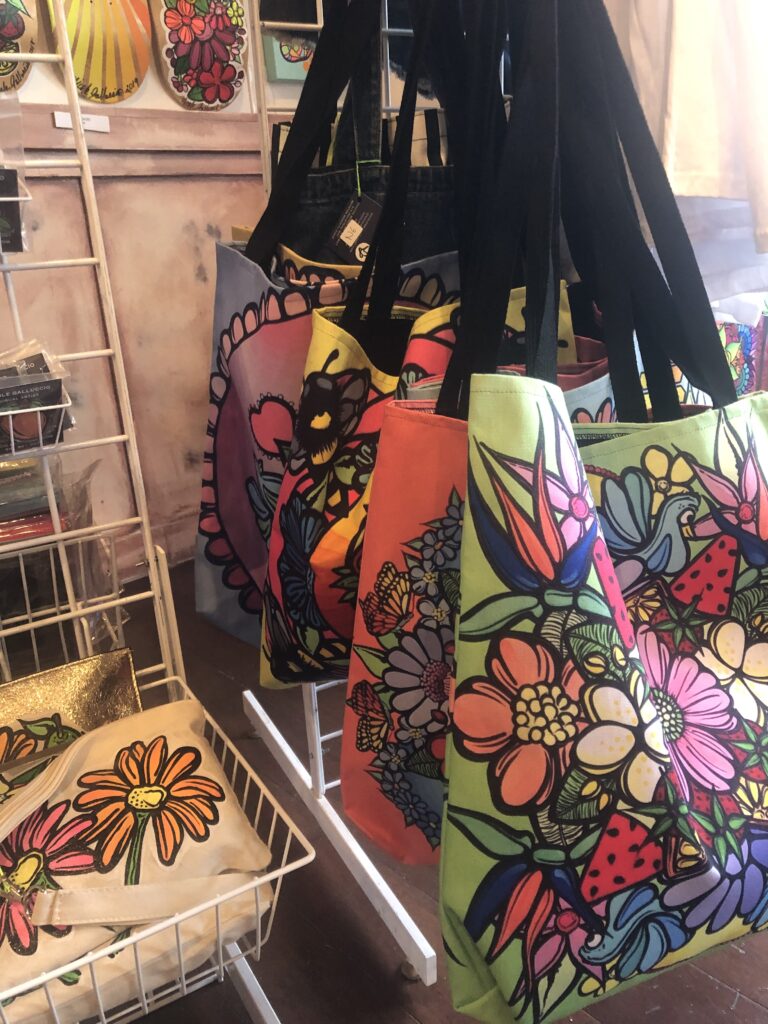
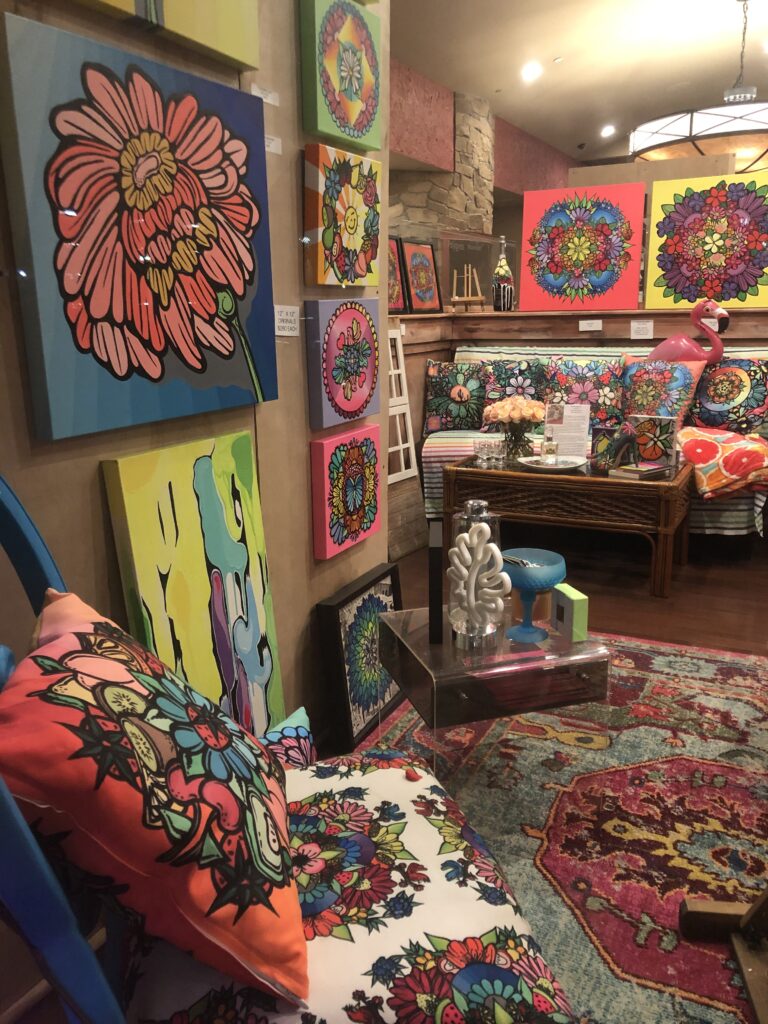
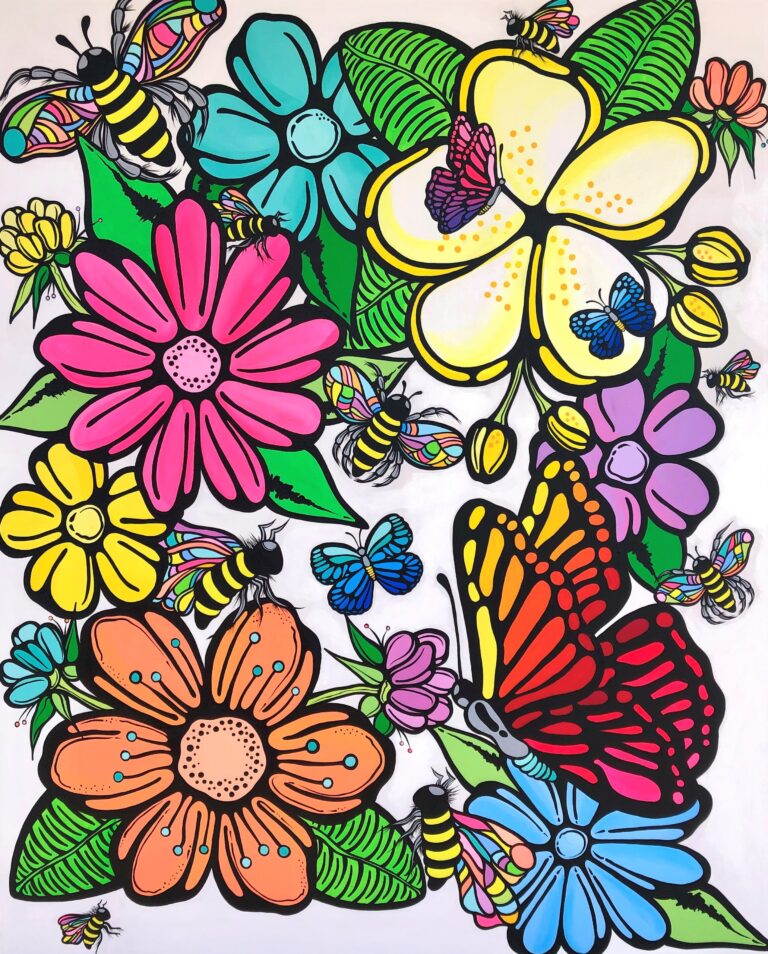
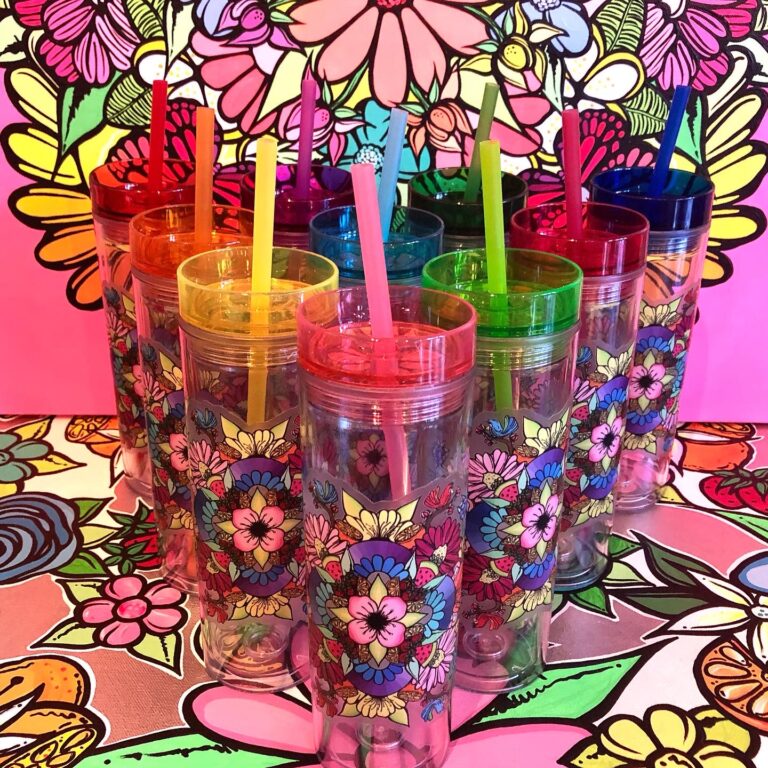
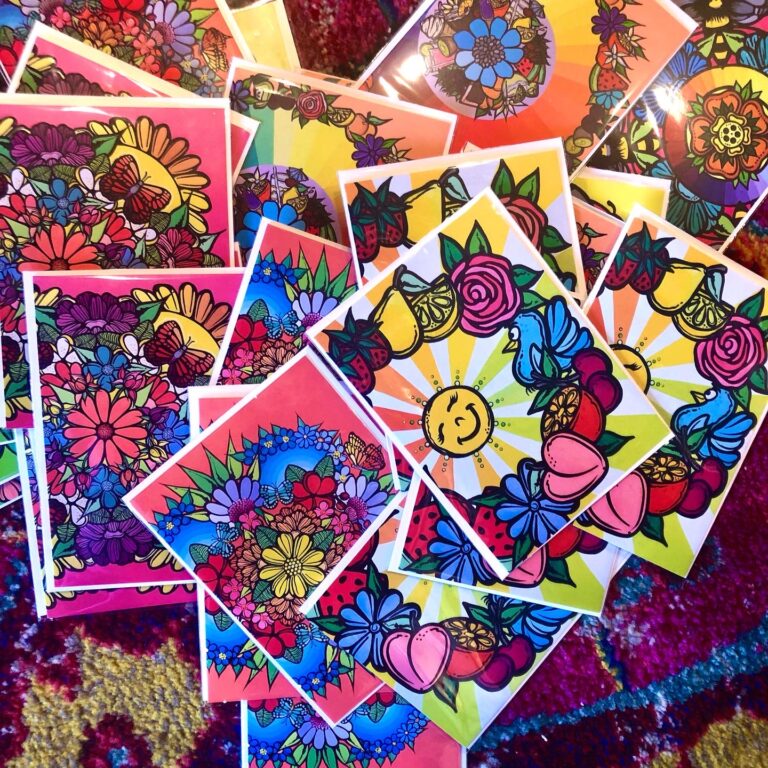
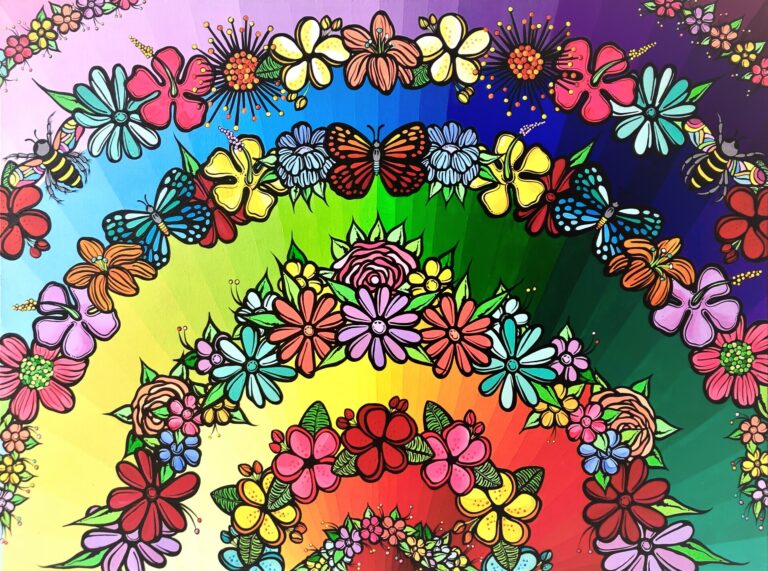
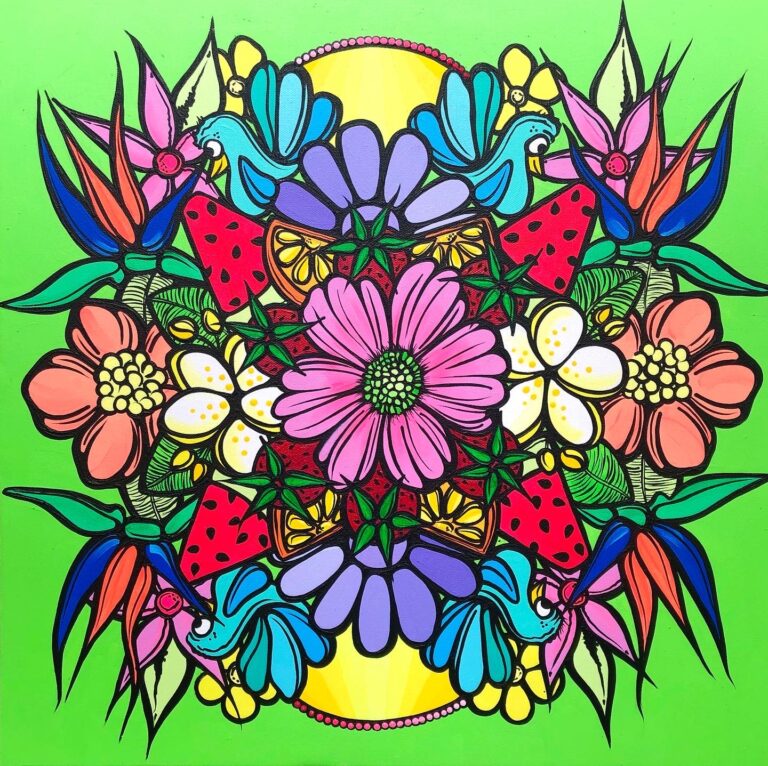
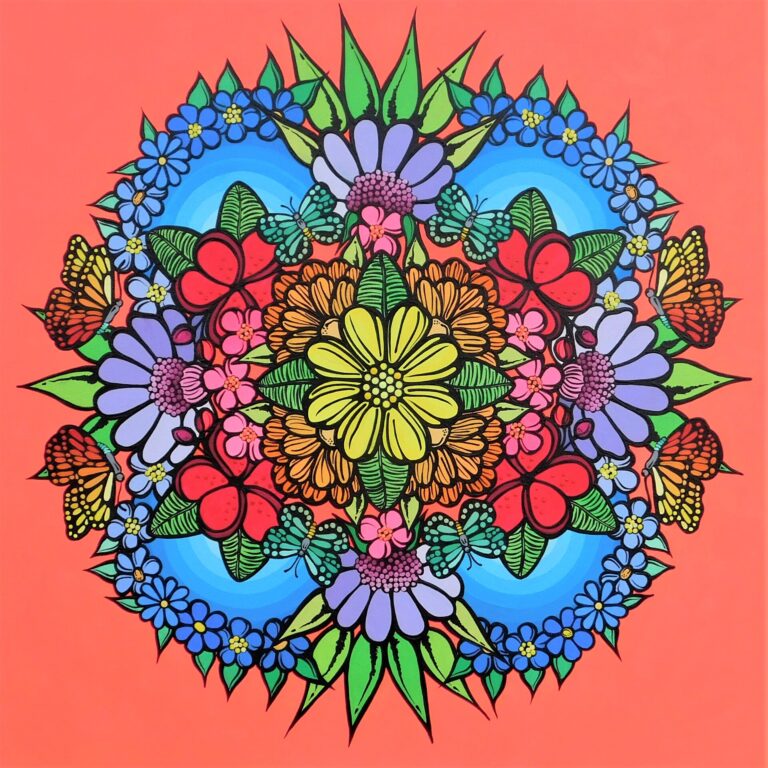
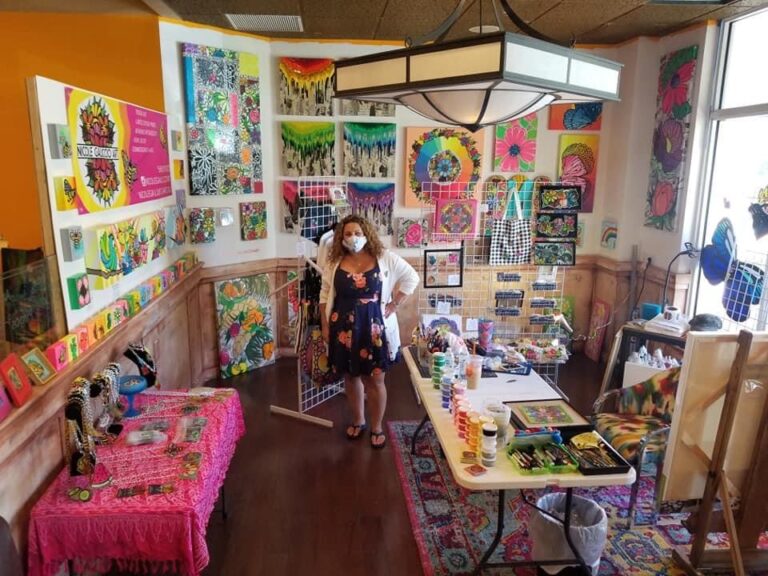
I previously talked to Nicole on Episode 7 of this podcast. You can listen to Episode 7 here.
Nicole’s website is nicolegalluccioart.com.
She also uses Nicole Galluccio Art for Facebook, Instagram, and Twitter.
Nicole teaches classes through Old School Square and The Lighthouse Center for the Arts.
If you’re interested in finding out more about Zero Empty Spaces artist studios, here is their website.
Here are some great takeaways from our conversation:
- Nicole uses many, many colors on each painting, and she mixes the colors herself. What makes the colors really pop is the black outlining she does around and in the detail of the flowers. So here’s the takeaway: Practice, practice, practice and you can get good at the outlining in your artwork.
- Sometimes she works on a large piece and smaller pieces that are part of a collection at the same time. She does this for two reasons: First, you can switch and work on another one while you’re waiting for the first one to dry. And second, if she wants to use the same imagery and colors on a smaller piece, it makes sense to work on both of them at the same time so she has consistency.
- Because Nicole uses so many shades of each color in a painting, she pre-mixes the colors and stores them in covered plastic containers. She just gets small inexpensive ones at the Dollar Store. She mixes new colors every few months and has them on hand when she’s ready to create.
- If your style is changing, try transitioning your art rather than abruptly changing it at a new show. Nicole did a solo show and included paintings in her old style, which included mixed papers in their background, and newer paintings which had a painted background. This will satisfy long-term collectors while showing them what you’re doing now.
- We talked a little about social media and how it’s a free marketing tool for your business. Realize that everything can be cross-promoted now. For example, you can make a video for TikTok, but then you can also have that posted to Instagram. You can put something on Instagram, and you can have that appear on Facebook too. You don’t have to make the post twice, so it will save you a lot of time.
- Nicole has a studio in a shared space. About a dozen artists are in what used to be a restaurant, and partial walls have been put up to define each artist’s space. This is a great way to gain more foot traffic to see your art, and you can also feed off of the energy of having many creatives in one area. It’s also great for collaborations too.
- When you create an event at your space, if you invite other artists to join you, you will get the benefit of all the people that they will invite to the event too. Encourage everyone to promote the event to their mailing lists through all their social media channels. The more people that can come to see your art, the better.
- Nicole gave a great example where she defied her own nervousness: She was asked to teach a class, and before she could get nervous about it, she said yes, and committed to it. For her, this takes the nerves out of the equation, because she’s committed to someone else so she definitely has to go through with the task. And of course, she did create and do the class, it went very well, and now she’s offering the class at other locations.
- When planning a class with multiple lessons or sessions, don’t plan out all the details of every lesson ahead of time. Provide broad topics of each lesson, but modify the lessons as you get to them based on what the students are asking you for and based on what they already know.
- Nicole is working to develop a retail brand of products with her designs. She’s started by offering a variety of home goods at a range of prices, that are more affordable than her large original paintings. A diversity in your product line will attract more buyers as well as repeat customers.
- Don’t be afraid to ask questions to other artists and experts. You never know when a conversation you have might be the spark of an idea for a project in the future. And you can also use experts to help you with parts of a project that is not in your expertise.
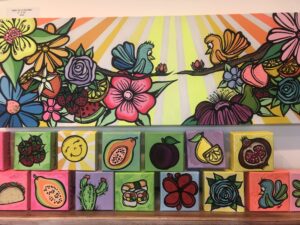
- Post category:Podcasts/Season 4/Show Notes
